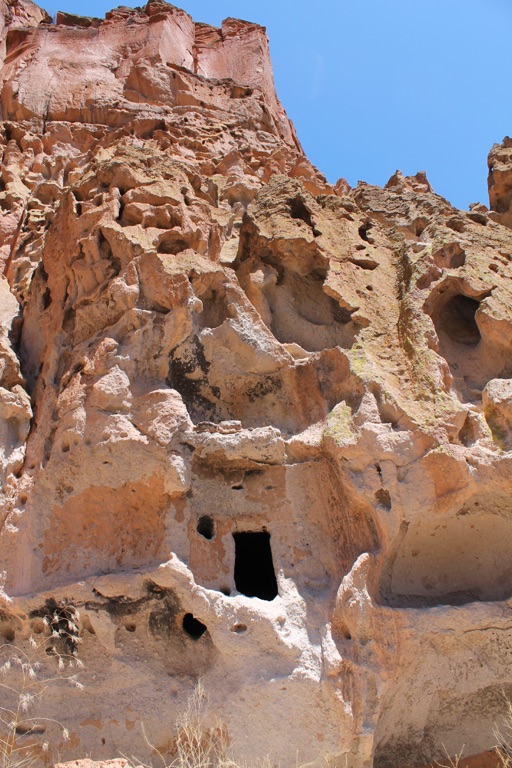Summary
Ancestral Puebloan Heritage
Nestled in the rugged landscapes of New Mexico, Bandelier National Monument offers a unique window into the lives of the Ancestral Puebloan people. Once home to thriving communities, the vast area preserves intricate cliff dwellings, petroglyphs, and remnants of ancient domestic life. Visitors become time travelers, wandering through ruins of ceremonial structures called kivas, and immersing themselves in a culture carved from the volcanic tuff more than 11,000 years ago. The monument’s history is a testament to the people’s ingenuity and their harmony with the challenging environment.
Get your dose of History via Email
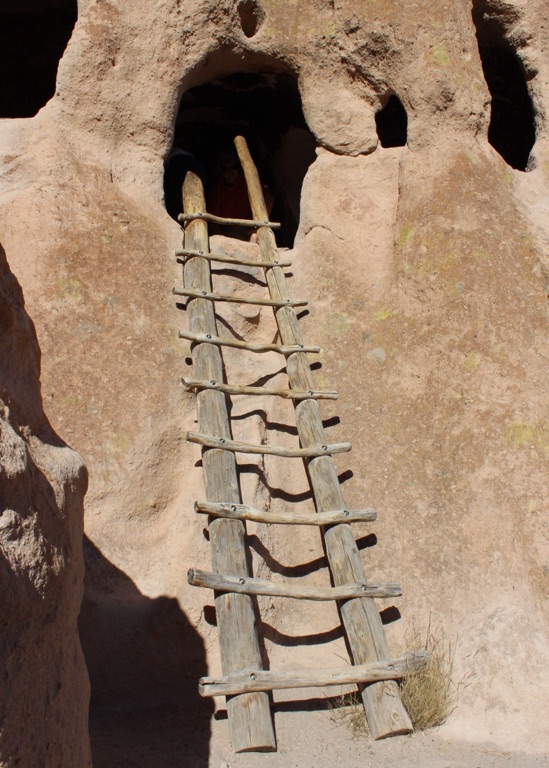
Rich Biodiversity and Natural Beauty
Beyond the historic significance, Bandelier boasts diverse landscapes that range from the depths of canyons to the peaks of mesas. It is a sanctuary for diverse flora and fauna, including species such as the peregrine falcon and the Jemez Mountain salamander, unique to this region. The varying elevations within the park create distinct ecosystems, inviting nature lovers to explore its varied trails. The tranquility of the Frijoles Canyon and the Rio Grande Valley views from the mesa tops are among the cherished experiences at Bandelier.
Education and Exploration Opportunities
Bandelier National Monument is more than just a site of preservation; it’s an active center for education and exploration. The park offers guided tours, educational programs, and volunteer opportunities to dive deeper into its history and ecology. For the adventurous, the backcountry wilderness awaits, revealing inaccessible ruins and landscapes to those who tread the paths less taken. This commitment to education and exploration makes Bandelier a living museum, an open book on the natural and human history ready to be explored.
Historical Background of Bandelier National Monument
Origins and Early Inhabitants
The story of Bandelier National Monument begins over 11,000 years ago with nomadic hunter-gatherers. They roamed the canyons and mesas of the region, which now embraces the monument. Over time, these early people evolved complex society structures and built the pueblos, kivas, and dwellings that astound us today. By the time the ancestral Puebloans settled in the area, they had developed advanced masonry and farming techniques that enabled them to thrive. These early inhabitants left behind a rich legacy of petroglyphs, carvings, and artifacts, offering us insights into their daily lives and beliefs.
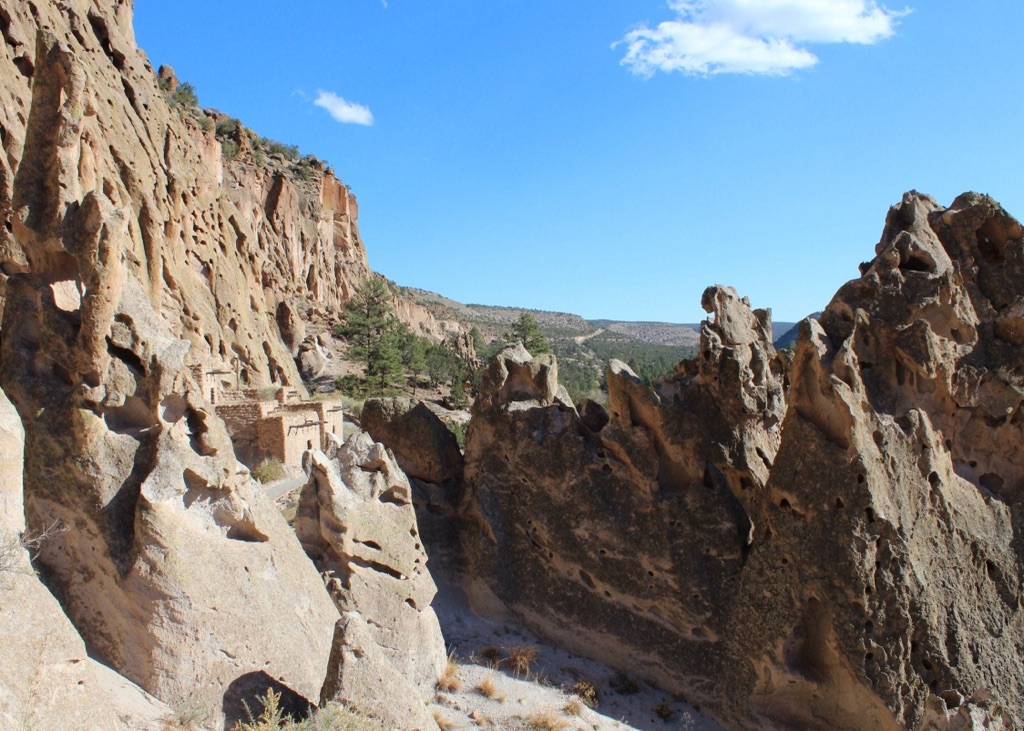
The Ancestral Puebloan Era
Between 1150 and 1550 AD, the Ancestral Puebloans flourished in Bandelier. They carved homes into the soft volcanic tuff of the Frijoles Canyon walls. Their community life centered around the kivas, subterranean ceremonial chambers that still captivate visitors. The craftsmanship of their stone buildings, with multiple stories and hundreds of rooms, showcases a highly skilled and organized society. Drought and resource depletion eventually prompted their migration to pueblos along the Rio Grande, where their descendants live now.
European Contact and Protection
The arrival of Spanish explorers in the 16th century brought new challenges to the Puebloans and the region. Intermittent conflict and the introduction of foreign disease affected the population. It wasn’t until centuries later, in the 19th and 20th centuries, that awareness of Bandelier’s importance grew. Archaeological expeditions and national attention led to its designation as a national monument in 1916. This was to protect and research the area’s archaeological treasures. It ensured the preservation of this historical site for generations to come.
Public Access and Education
Today, Bandelier National Monument is not only a protected area. It’s a destination for education and visitor engagement. The National Park Service oversees the monument. They provide educational programs that celebrate the monument’s history and cultural significance. The Visitor Center, along with interpretive trails and museum exhibits, helps to educate the public. They introduce the complexities of the Ancestral Puebloan culture and their relationship with the landscape.
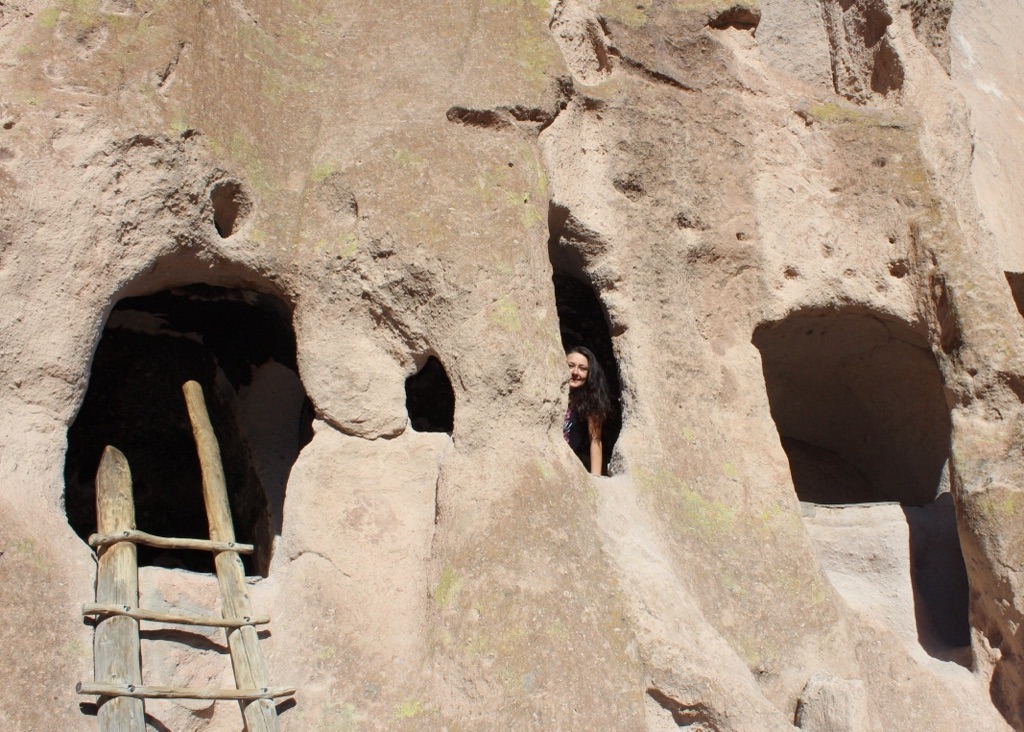
Continued Research and Conservation Efforts
The work at Bandelier National Monument is ongoing. Researchers continue to uncover new findings. These advance our understanding of the Ancestral Puebloans. Conservation efforts also play a crucial role in mitigating the effects of time and environmental pressures on the ancient structures. Through the combined efforts of the scientific community, the National Park Service, and Pueblo descendants, Bandelier remains a dynamic and revealing testament to the rich history it encompasses.
The Discovery of Bandelier National Monument
First Glimpses by Modern Pioneers
The stunning landscapes and ruins of Bandelier National Monument were first sighted by Anglo-Americans during the 1880s. Adolph F. A. Bandelier, for whom the monument is named, was among the first of these early archaeologists and anthropologists to set eyes on the area. Driven by his fascination with Native American culture and history, Bandelier arrived in New Mexico, propelled by the written works of ethnologist Lewis Henry Morgan.
Crucial Expeditions and Documentation
Bandelier’s exploration between 1880 and 1892 was crucial. He conducted detailed studies of the ancient Pueblo peoples and their settlements. With support from patrons like the Archaeological Institute of America and his mentor, anthropologist Lewis Henry Morgan inspired him. Bandelier mapped and described the area’s ruins in great detail, preserving the first scientific records of the site. This meticulous work laid the foundation for further research and heightened awareness of the region’s archaeological value.
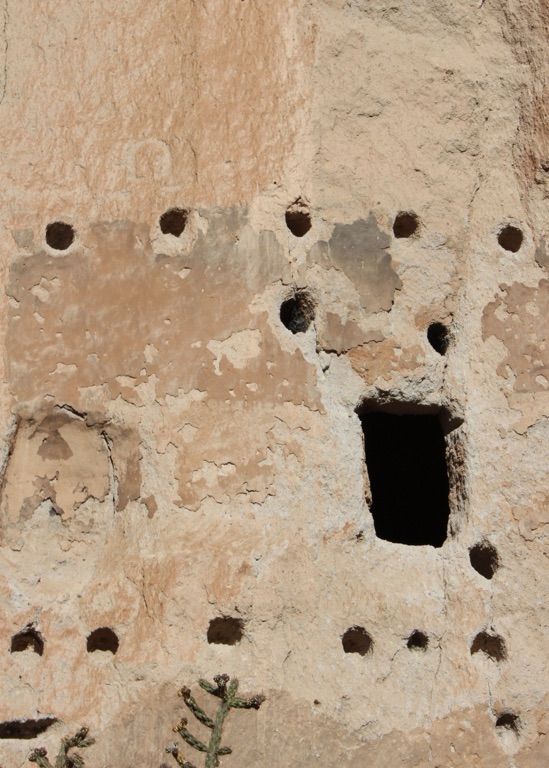
Preservation and National Recognition
The discovery of Bandelier National Monument brought about a push for preservation, spearheaded by archaeological advocates and cultural enthusiasts of the early 20th century. Notably, Edgar Lee Hewett played a crucial role in the monument’s establishment, working tirelessly to protect the ruins from vandalism and misuse. His efforts, in conjunction with growing cultural conservation sentiment and the American Antiquities Act of 1906, led to President Woodrow Wilson formally designating Bandelier as a National Monument on February 11, 1916.
Public Engagement and Access
Following its designation, Bandelier National Monument opened to the public. It gave visitors a chance to behold the ancient cliff dwellings and petroglyphs firsthand. Efforts to make the site accessible, while preserving its integrity, involved the Civilian Conservation Corps (CCC) during the 1930s. The CCC built paths, accommodations, and the Visitor Center, dramatically increasing public interaction with Bandelier’s cultural heritage.
Ongoing Exploration and Discovery
To this day, the discovery of new features at Bandelier National Monument continues. Archaeologists and historians uncover fresh insights with every dig and study. Furthermore, modern technology, such as non-invasive ground-penetrating radar, enhances our understanding without disrupting the sacred ground. Each finding contributes to the deepening narrative of Bandelier, bridging the ancestral past with our present fascination.
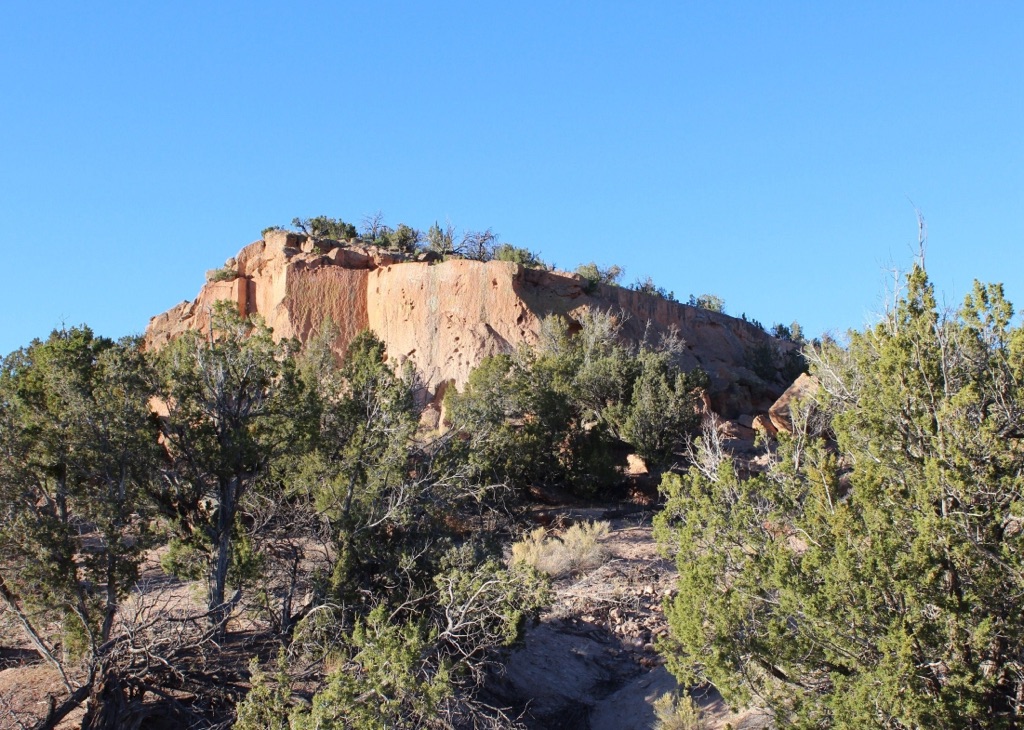
Cultural Significance, Dating methods, Theories and Interpretations
Unraveling Time: Dating the Past
At Bandelier National Monument, dating the ancient structures and artifacts provides a timeline of human activity. Scientists use dendrochronology, the study of tree rings, to date wooden beams in the cliff dwellings. This method reveals the trees were cut down at specific times, providing clues about when these structures were built. Additionally, radiocarbon dating of organic materials, such as corn cobs and textiles, complements these findings. These techniques collectively pinpoint the periods of occupation and abandonment at Bandelier, deepening our understanding of the site’s historical timeline.
The Echoes of Ancestral Beliefs
The cultural significance of Bandelier is immense. It reflects the spiritual and daily lives of the Ancestral Puebloans. The kivas, ceremonial chambers, are a testament to the community’s rituals and cosmological systems. The artistry of the petroglyphs and wall paintings portrays a people deeply connected to their environment, ancestors, and deities. These elements provide a narrative, shedding light on the Puebloans’ worldview, their ceremonies, and the symbols they held sacred in their complex society.
Mysteries in Stone: Theories and Interpretations
Some aspects of Bandelier still puzzle scientists and historians. Theories surround the purpose of certain structures, such as the cavates (small human-carved alcoves). Some suggest they served as storage units, while others believe they were living spaces. The meaning behind specific symbols and petroglyphs also sparks debate. Interpretations vary, reflecting the multi-faceted nature of archaeology and the need for caution in making conclusive statements about the site’s original use and significance.
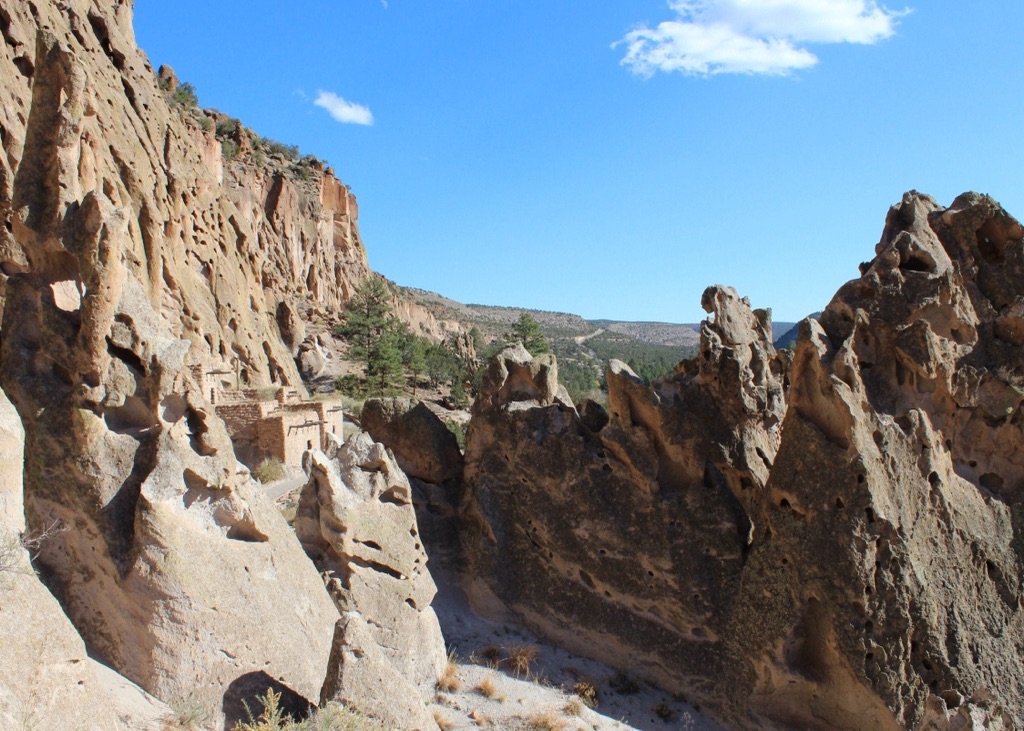
Bandelier in Broader Context
Placing Bandelier in the broader context of other Ancestral Puebloan sites allows for comparative studies that enhance understanding. Similarities and differences with sites like Chaco Canyon or Mesa Verde aid in constructing a regional perspective. This approach helps in piecing together the network of trade, cultural exchange, and migration patterns of the Pueblo peoples. It’s crucial for interpreting the broader sweep of Southwestern prehistory.
Contemporary Interpretations and Significance
Bandelier’s significance extends into the present, where it stands as a symbol and source of identity for descendant Pueblo communities. The monument is not only an archaeological site but also a living cultural landscape. Contemporary Pueblo people participate in interpretation efforts, bringing valuable oral histories and traditional knowledge into the dialogue. This collaboration enriches the historical narrative, bridging past and present interpretations to foster a holistic understanding of Bandelier National Monument’s lasting legacy.
Conclusion and Sources
Understanding Bandelier National Monument’s full historical and cultural context requires consideration of various perspectives, disciplines, and sources. The collective research on its ancient inhabitants, structures, artifacts, and the land itself paints a vivid picture of a world both complex and interconnected. While investigations will continue to evolve as new methods and theories develop, the knowledge accumulated thus far stands as a testament to a deeply historic and culturally rich site that resonates across generations.
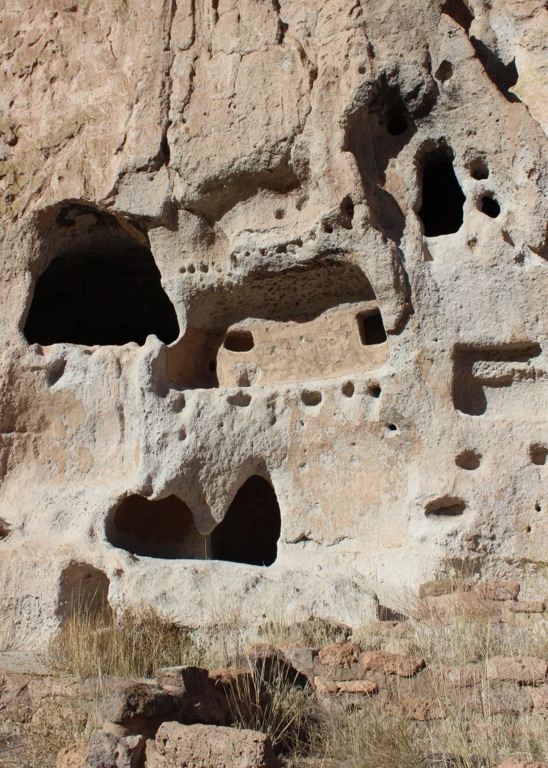
For further reading and to validate the information presented in this article, the following sources are recommended:
Or you can check any of these reputable archaeological and historical texts:
Harrington, J. P. (1916) ‘Ethnobotany of the Tewa Indians’, Bulletin 55, Bureau of American Ethnology, Smithsonian Institution: Washington D.C.
Hewett, E. L. (1906) ‘Antiquities of the Jemez Plateau, New Mexico’, Bulletin 32, Bureau of American Ethnology, Smithsonian Institution: Washington D.C.
Lekson, S. H. (1984) ‘Great Pueblo Architecture of Chaco Canyon, New Mexico’, University of New Mexico Press: Albuquerque.
National Park Service (N.D.) Bandelier National Monument
Stuart, D. E., and Gauthier, R. P. (2009) ‘Prehistoric New Mexico: Background for Survey’, New Mexico Historic Preservation Division: Santa Fe.

